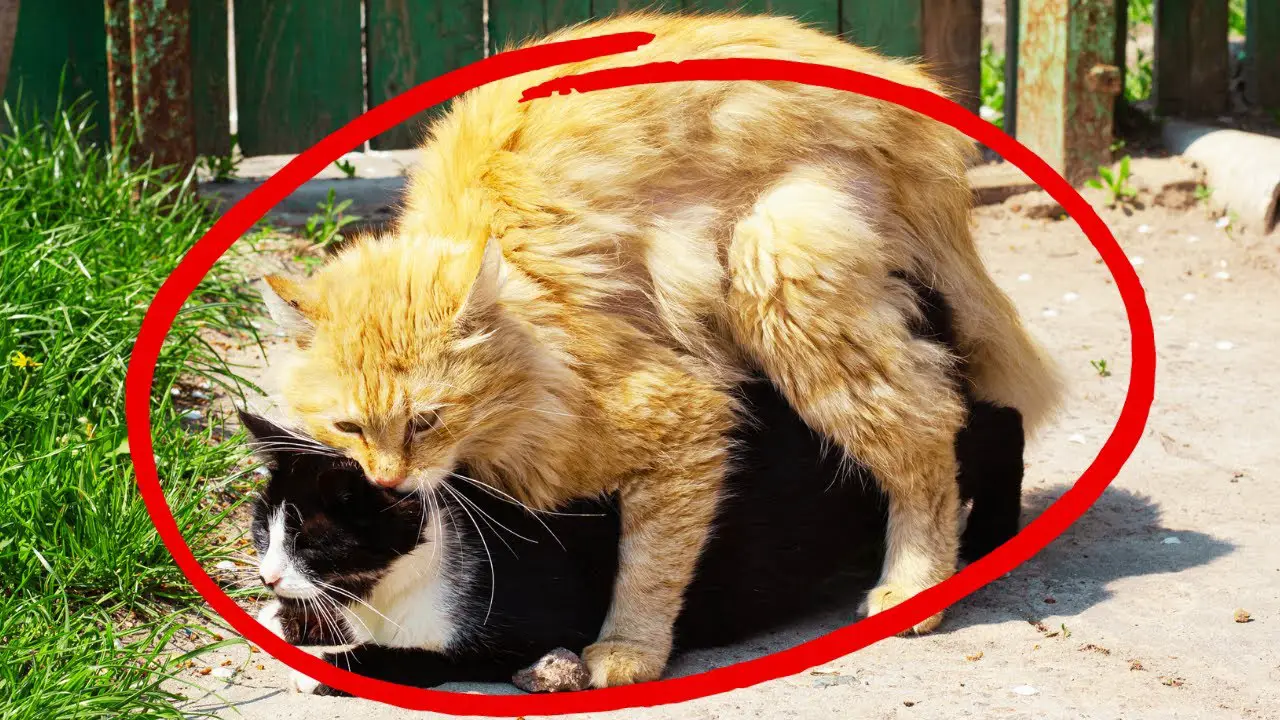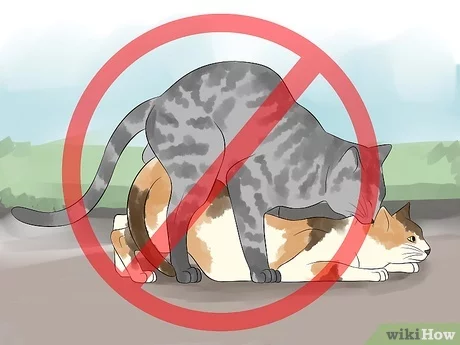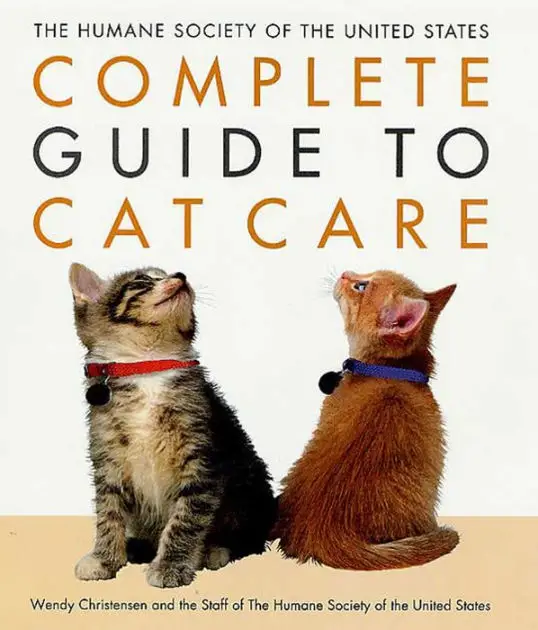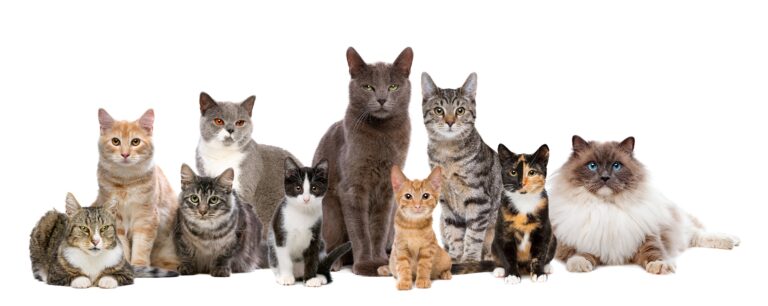How Cats Make Babies – Everything About Cat Mating
In the animal kingdom, the process of mating is as varied and complex as the creatures themselves. Observing the mating behaviors of different species can be both fascinating and educational, shedding light on natural instincts and life cycles. For the domestic cat, with its reputation for independence and enigmatic feline nature, the process of mating is no less intriguing. Whether you’re just curious about how cats reproduce or you’re a pet owner preparing for new arrivals, understanding the intricacies of cat mating is an important aspect of responsible feline care.
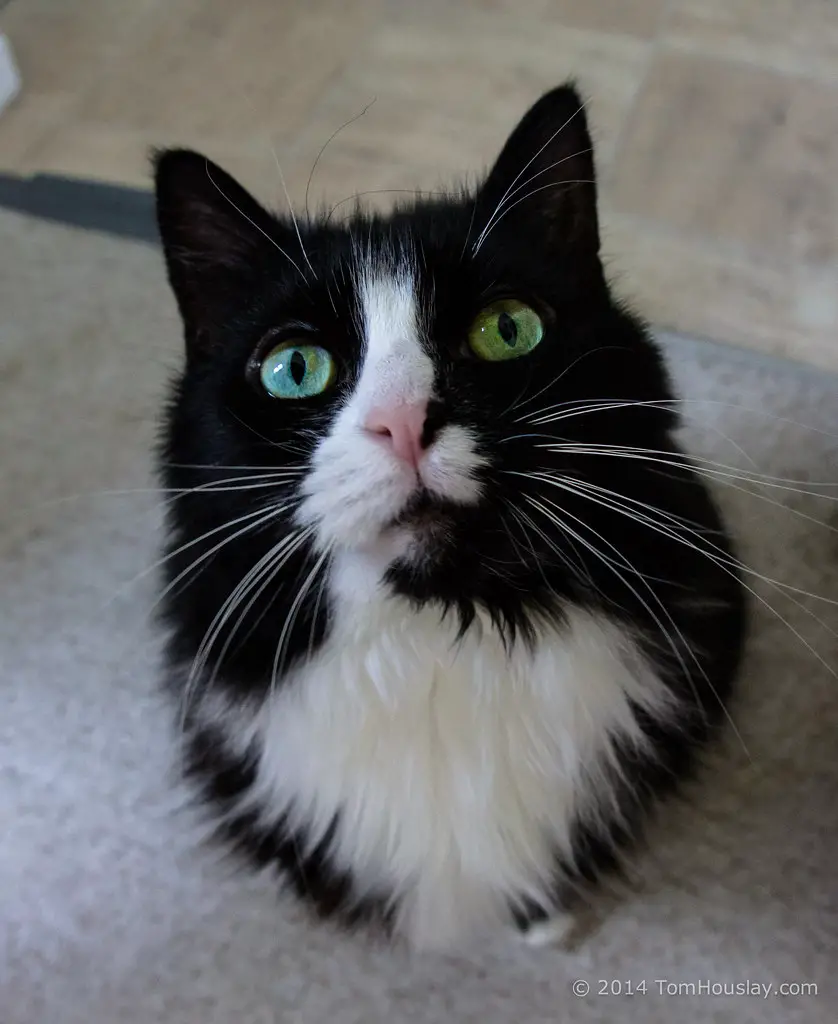
The Mating Process
Before we tackle the technicalities, it’s important to appreciate the beauty of the mating dance that takes place between male and female cats. The process typically starts with signaling: female cats emit scents and vocalizations to alert male cats that they are “in heat,” while males might mark territory with their scent and engage in hearty calling to attract females.
Once attracted, courtship rituals commence. These can include playful behaviors, grooming, and constant vigilance from the male as he tries to win the female’s favor. The actual mating is quick and intense, with the male biting the female’s neck to secure his position.
Understanding Cat Heat Cycles
The estrous cycle, or ‘heat,’ is the reproductive cycle in female cats that dictates when they are able to conceive. Unlike most mammals, cats are ‘polyestrous,’ meaning they experience multiple heat cycles during the breeding season, which can occur any time from early spring to late fall.
A typical heat cycle can last between five and seven days but can be even longer, depending on whether or not the female has mated. During this time, she becomes unusually vocal, affectionate, more likely to roll on the floor, and will present her hindquarters to other cats.
Signs of Pregnancy in Cats
Once a successful mating has occurred, the female will enter a period of gestation that lasts approximately 63-65 days. During this time, several signs can indicate that the cat is pregnant. These can include changes in behavior, such as increased affection or, conversely, a more reclusive stance, compounded by physical signs like nipple growth and a subsequent change in color.
It’s often recommended to take the female cat to a veterinarian at around three weeks post-mating, as this is when an experienced professional can typically confirm pregnancy through palpation.
Preparing for Kittens
Preparation is key when you’re expecting an addition to your feline family. Ensure that the pregnant cat has a quiet, secure area to give birth, as they will often choose a space that is warm and out of the way. This area should be equipped with a nesting box, lined with clean towels and located in a spot familiar to the cat where she feels secure.
Additionally, pregnant cats require a well-balanced, nutrient-rich diet to ensure her health and the health of the growing kittens. Always consult with your veterinarian for the best feeding program during pregnancy.
FAQs on Cat Mating
How often do cats mate?
Cats can mate multiple times during a single heat cycle, and female cats can have several heat cycles a year. Therefore, the mating frequency can be quite high during breeding season.
Do cats form long-term bonds?
Cats can form pair bonds that last a few hours, a few days, and in some cases, a few weeks. These bonds are typically initiated during the mating process and are part of the complex behaviors involved in reproduction.
Can cats mate with other animals?
While interbreeding with other members of the Felidae family is not uncommon, domestic cats typically mate with other domestic cats. There have been recorded instances of wild cats mating with domestic cats, with the most recognized hybrids being the Bengal and Savannah breeds.
Conclusion
The process of cat mating is a natural, instinctual, and sometimes beautiful series of behaviors that are crucial to the continuation of the species. For those who open their homes to these enigmatic animals, understanding the reproductive process is an essential part of providing a happy and healthy environment for their pets.
In preparing for the possibility of kittens, pet owners ensure that they are not only ready for the arrival of new life but also capable of supporting the responsibilities that come with it. This readiness and understanding of the cat’s natural behaviors contribute to the well-being of the animal and enrich the bond between the feline and its human caretaker.
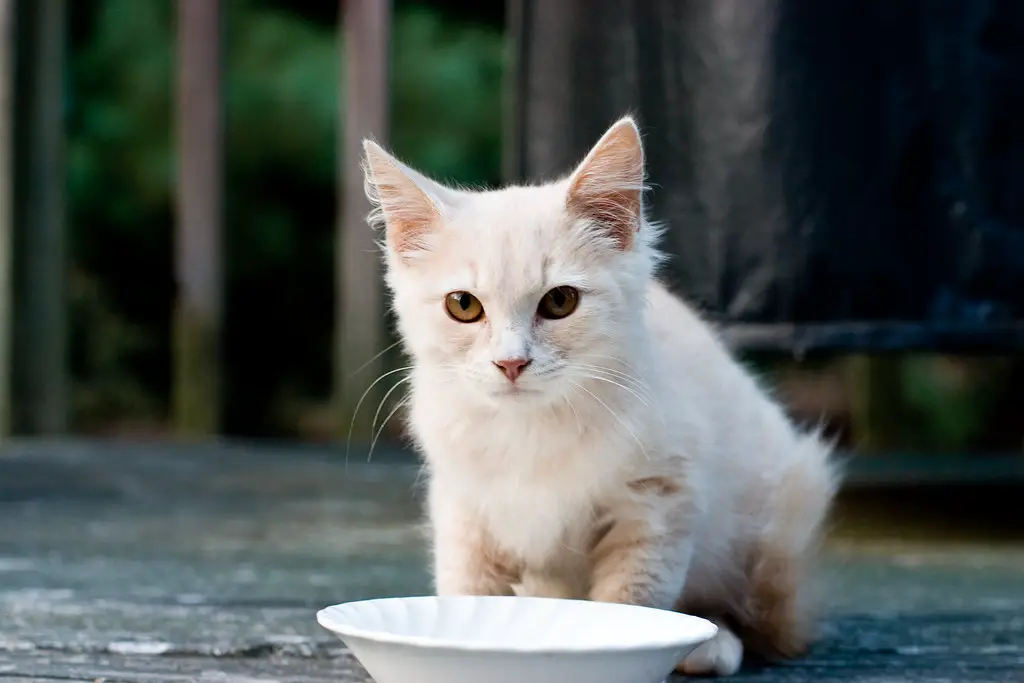
Call to Action
Do you have interesting cat mating or kitten-raising stories to share? Engage with us and other readers in the cat-loving community. Your experiences will not only resonate with fellow enthusiasts but also offer valuable insights and support to those exploring the realm of feline reproduction and rearing.

